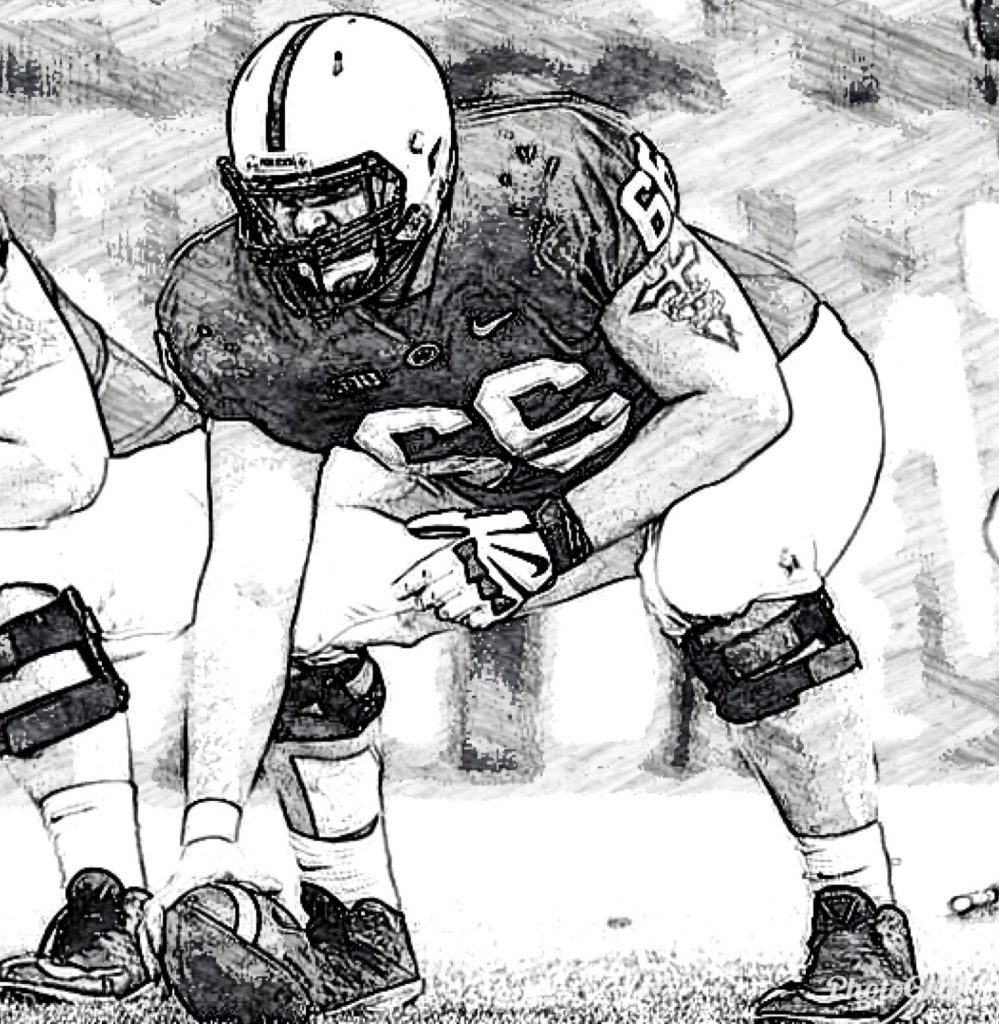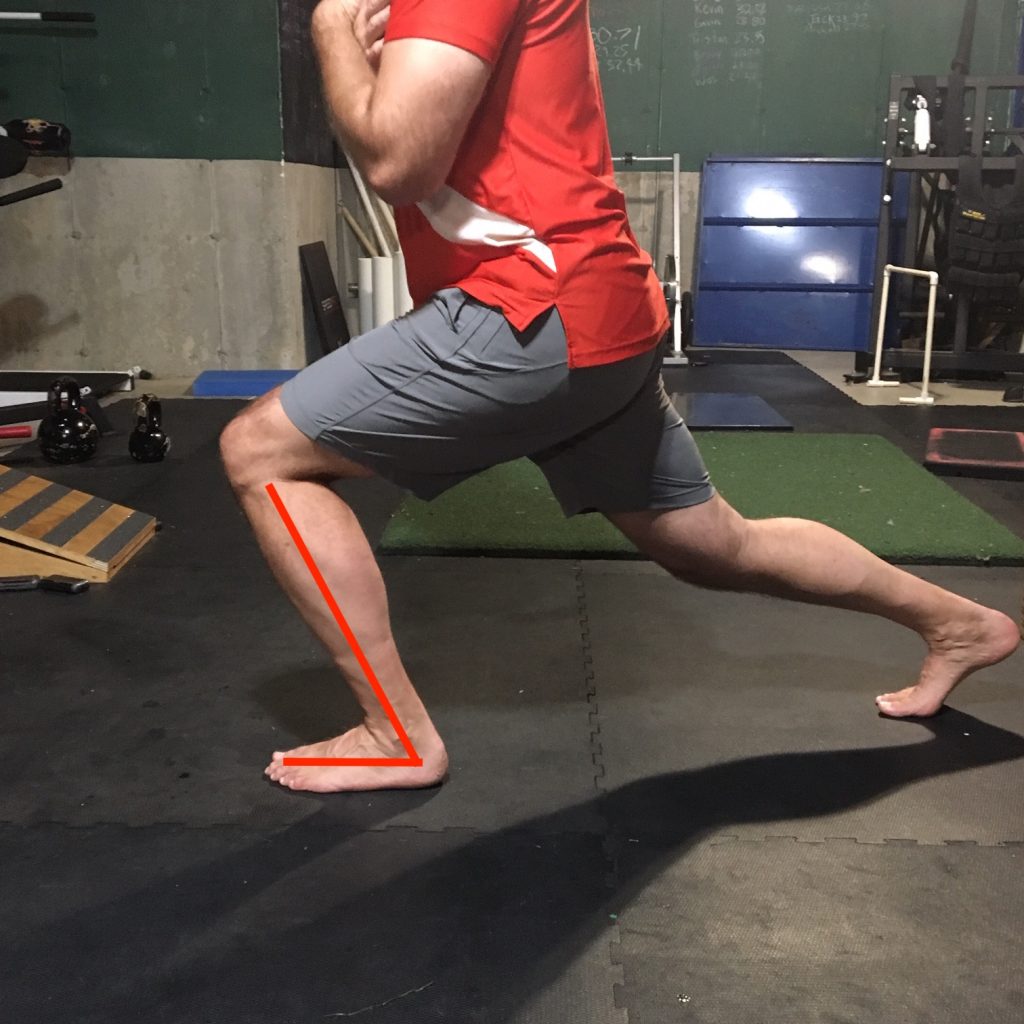
By Chris Korfist
I took a break from writing this summer but Tony’s latest 3 part series inspired me. At first, I thought of Oliver Wendell Holmes quote:
“We are all tattooed in our cradles with the beliefs of our tribe; the record may seem superficial, but it is indelible. You cannot educate a man wholly out of superstitious fears which were implanted in his imagination, no matter how utterly his reason may reject them.”
Not that I often sit and ponder Oliver Wendell Holmes, but this quote really sums up his series of articles. But then I thought of ….
“War caused me to cross the threshold of reality… business is reality. Philosophy will only get you killed”
You see, Oliver Wendell Holmes had a unique perspective on life. He came from an upper class family in Boston but instead of finding a way out of serving for the Union in the Civil War he became an officer, wounded in three different battles during the war. At the Battle of Antietam, he was shot through the neck and left for dead by the surgeons on the field, only to wake up a day later and walk back to a hospital. Later as an associate Supreme Court justice, he was a champion for progressivism and pragmatism, the first form of American philosophy. (For more on this, check out the book, The Metaphysical Club).
Holmes had a solid foot in both worlds, the realities of life as well as the ideas of creating a better world. Most armchair quarterbacks have never taken a snap. How Holmes can help us in this great football debate is the balance between and “ism” and reality of war.
This is where I come in. While blogging and having different ideas about how to change the world, I have had the responsibility of training a high school football team for the last five years at Hinsdale Central High School and this was not my first gig working with football teams, just my most recent. Not only did I have the skill players, I also had the linemen. I worked for Dan Hartman, who was 40-13 in 5 years at Central. In those 5 years, we turned out NINE Division-1 linemen. Before that, I coached some brothers that played at Michigan State and now the NFL. During the appropriate dates, college coaches came to observe our morning workouts. What caught most coaches attention during our morning workouts was how well our big men moved. One was offered on the spot when his 6’3,” 270-pound body slam dunked a volleyball.
How did we build D1 lineman? Here was our level one check list (the fundamentals.
Do their feet work?
This is not not only for big men but all athletes. It just seems that big men have feet that are constantly on the outsides of the feet or even on the heels. There can be a lot of reasons why:
From a neurologic sense, to support their size safely, they use minimal foot and ankle movement as they move for fear of injuring the limb. This is especially true when athletes add more weight than what their brain thinks they should be able to support
From an exercise selection, we get our big men to squat. So you have unsupervised high school kids look at YouTube and get some bro science to learn how to squat. What do they learn? Put your weight on your heels and outside of foot, push your butt out back. While they can get some higher squat totals, they are teaching a really poor gait pattern (no pronation). They never learn to get to their big toe which means minimal glute recruitment. Neurologically, if the body doesn’t feel safe or stable, it will reduce power output or create a new recruitment pattern. Learning to move on the outside of your feet basically makes each step seem like walking on a tight-rope.
What makes this problem worse is the fact they jam their bigger feet into shoes that may be the correct length but certainly are not the proper width. Look at how many of your big men have shoes where their foot is wider than the sole. Look to see if the outside or inside of their foot is spilling out on the outsides of the shoe. At this point, from a neurological sense, it becomes a balancing act rather than a performance improvement session. Or the drop between the heels and forefoot is so high that they never need to bend their ankles when they walk. The forward lean created the elevated heel becomes their ankle rocker. And while the athletes will have training shoes, their walking shoes are also affecting their gait. Their 1000 steps at practice are easily wiped out by the 15000 steps in daily life with bad shoes. Good fitting shoes are a must.
All of these issues can be remedied with a good foot program which is why we spend 6-8 weeks working on getting their feet to work properly. What is a proper functioning foot? When the ball of the big toe can bear weight and create a tripod, one of the most stable designs. This tripod would also include pulling the toes off the floor. Because we have crammed our feet into sleek looking shoes with a narrow toe box, we have learned to use our toes to help support the outside of the foot. Just look to see how many people have their little toes curled under. Try it with you or your team. Take your shoes off, stand on one leg, pull your toes up and evenly distribute weight over the foot. Your practice might instantly become a dance party. This is a reason why we have so many injuries. The brain is always looking for a third leg of the tripod. Because we never find the natural leg, we may try to find one in the wrong place and bam, you have an injury.
Can their ankles move?
I remember my days of coaching football and the line coach would always yell at the lineman to stay low. To force the habit, we used chutes to battle in the low position with hopes there would be some carryover to the field. The problem really wasn’t the players fault. He just couldn’t bend his ankles. Bending ankles means unlocking the 90 degree angle. If they can’t push that shin forward, they can’t direct their force horizontally. They will compensate with a lean instead of a drive. Other problems will crop up from the lack of ankle movement as well, all of which we try to use drills to prevent without dealing with the actual cause. Here are some of the complaints.
Bend back to get depth.
Tend to stand up.
Vector more vertical in nature.
Can’t load limb.
Look like playing on stilts.
Very robotic or stiff.
Strange running patterns.
To develop the ankles, we once again start very basic and slow. I call it an ankle rocker squat. Once an athlete can establish the basic foot pattern, they will go into a single leg quarter squat by pushing their shin over their second toe.

Some common cheat patterns replicate some of their basic movement cheat patterns:
Gaining depth by bowing. Most athletes want to do what they are asked. We tell them to get deeper, so they do. They bow or break at the waist. To help this, have them imagine they are in a glass tube.
Gain depth by pushing their hip off to the side… have them stand next to the wall and ankle squat. The wall becomes the cue to hold hips in place
If you want to get more in depth with the foot/ankle complex, check out the Triphasic Spring Ankle method on XLathlete.com.
Can they handle their body weight?
The number of bigger kids that get away with people thinking they are strong because they are big is always puzzling to me because when you ask them to do things with just their body weight, most of them fail. This is why we start our off-season with being able to control your own body without any external force.
From a strength perspective, we start with a lunge and have them hold that position perfectly for up to 60 seconds. I want them to learn to use their legs to drive rather than allowing gravity and momentum to create the force they use to drive. To load the position, have the athletes push their knee forward over the toe with the weight on the ball of their foot. While holding the foot/ankle position, have them push their butt back. It should seem like they are getting pulled forward at the knee and backwards from the hip. Make sure their hands stay on their hip as well. The first couple of sessions really looks like a dance party as athletes try to find ways to compensate because their legs simply aren’t strong enough to hold their body weight. They will put hands on their thighs or fold at the waist.
Once athletes establish the strength of that position, change torso positions as well. We will also go through all of our ankle positions as well with an emphasis of the weight on the ball of the big toe. We will also hold positions that we like to see when we run. We will hold positions from the boom series and hip hike series. How can we ask our athletes to move well if they can’t be strong in the positions we need them to be in? We revisit these positions during the season for varsity players and use the workout as a restorative workout during the season. When the season is over, we will only spend minimal time with returning players.
Next article, we will look at what happens after we master the fundamentals.
By Chris Korfist
THREE Track Football Consortiums in THREE states this winter!
